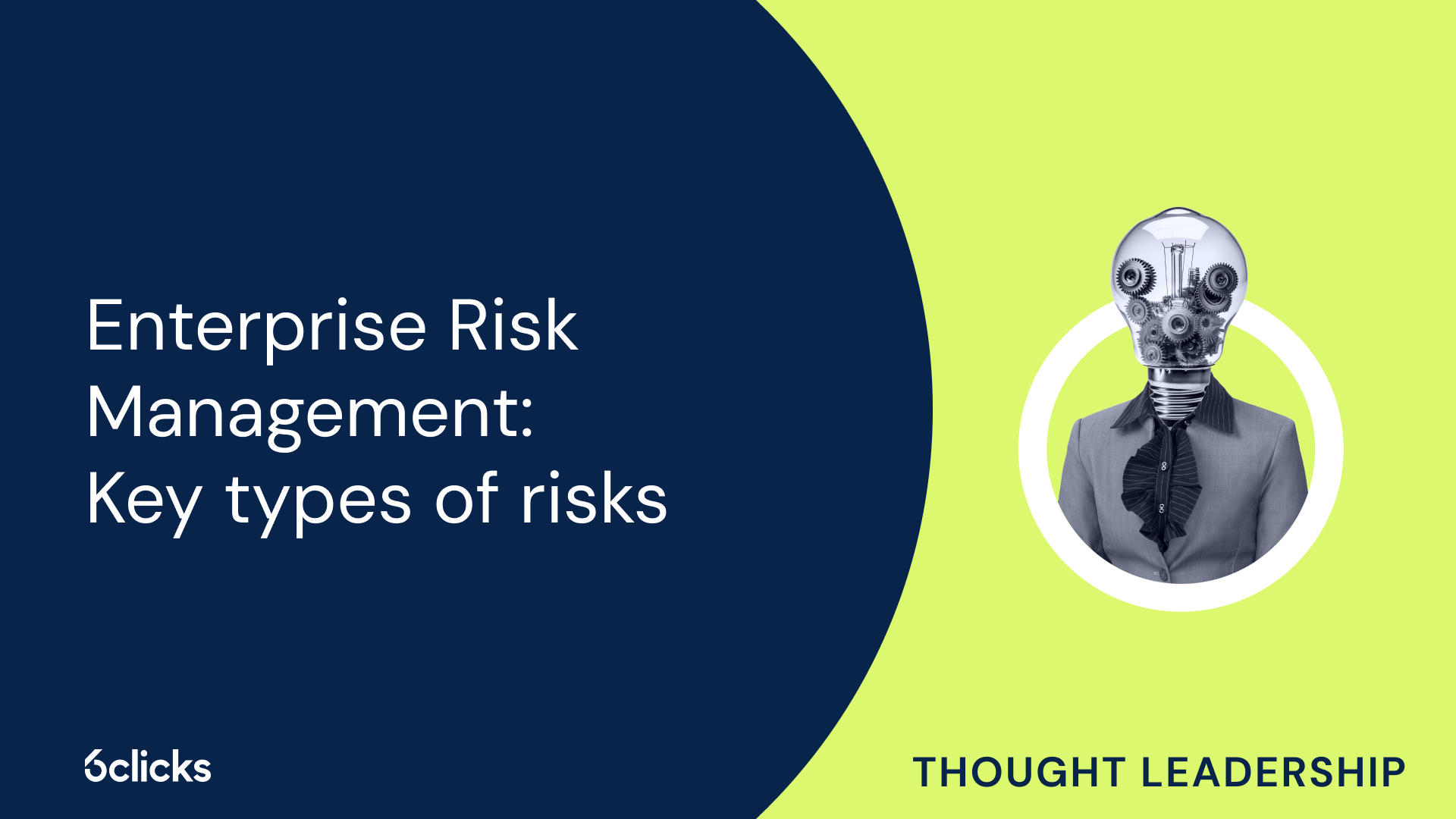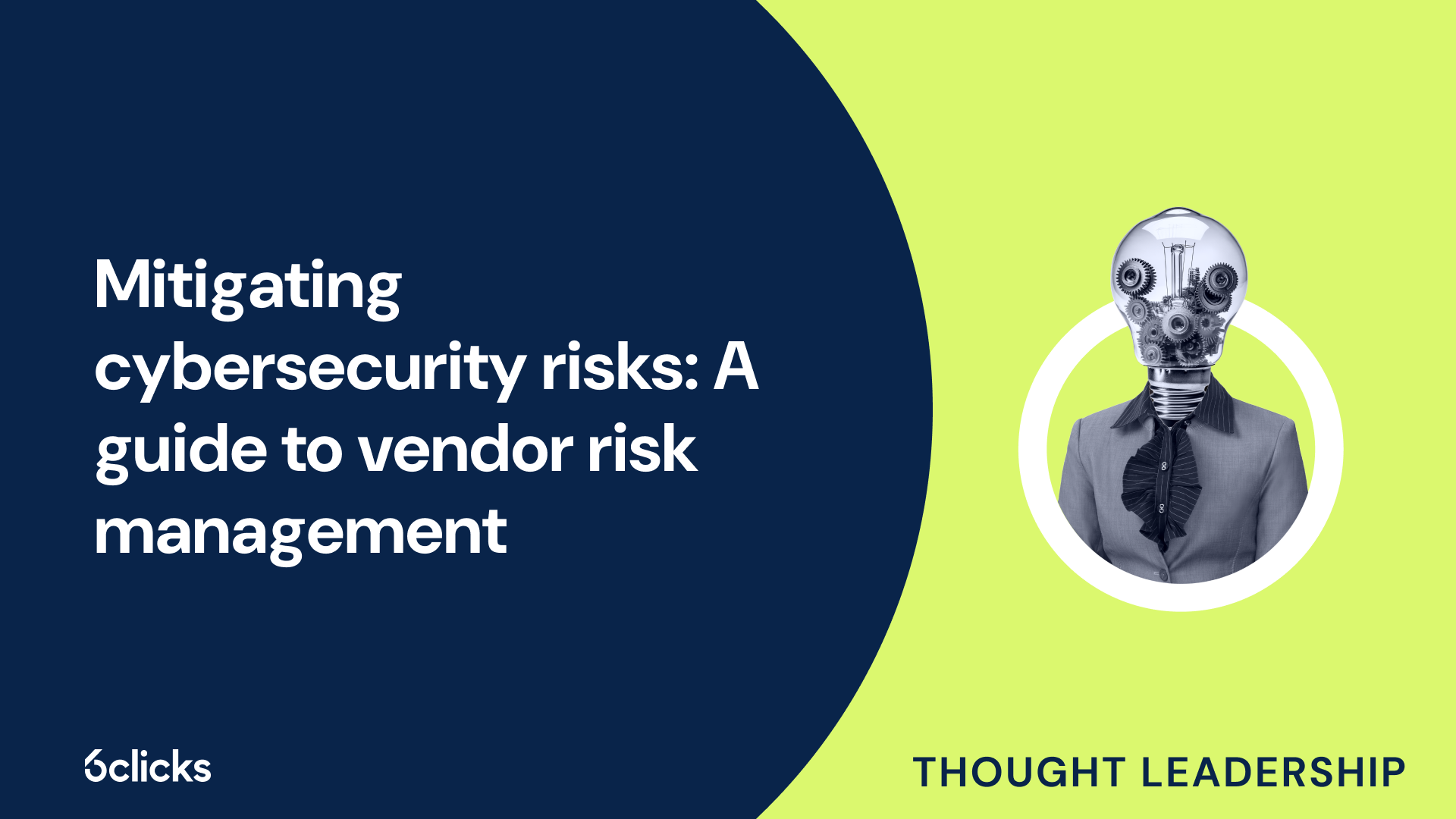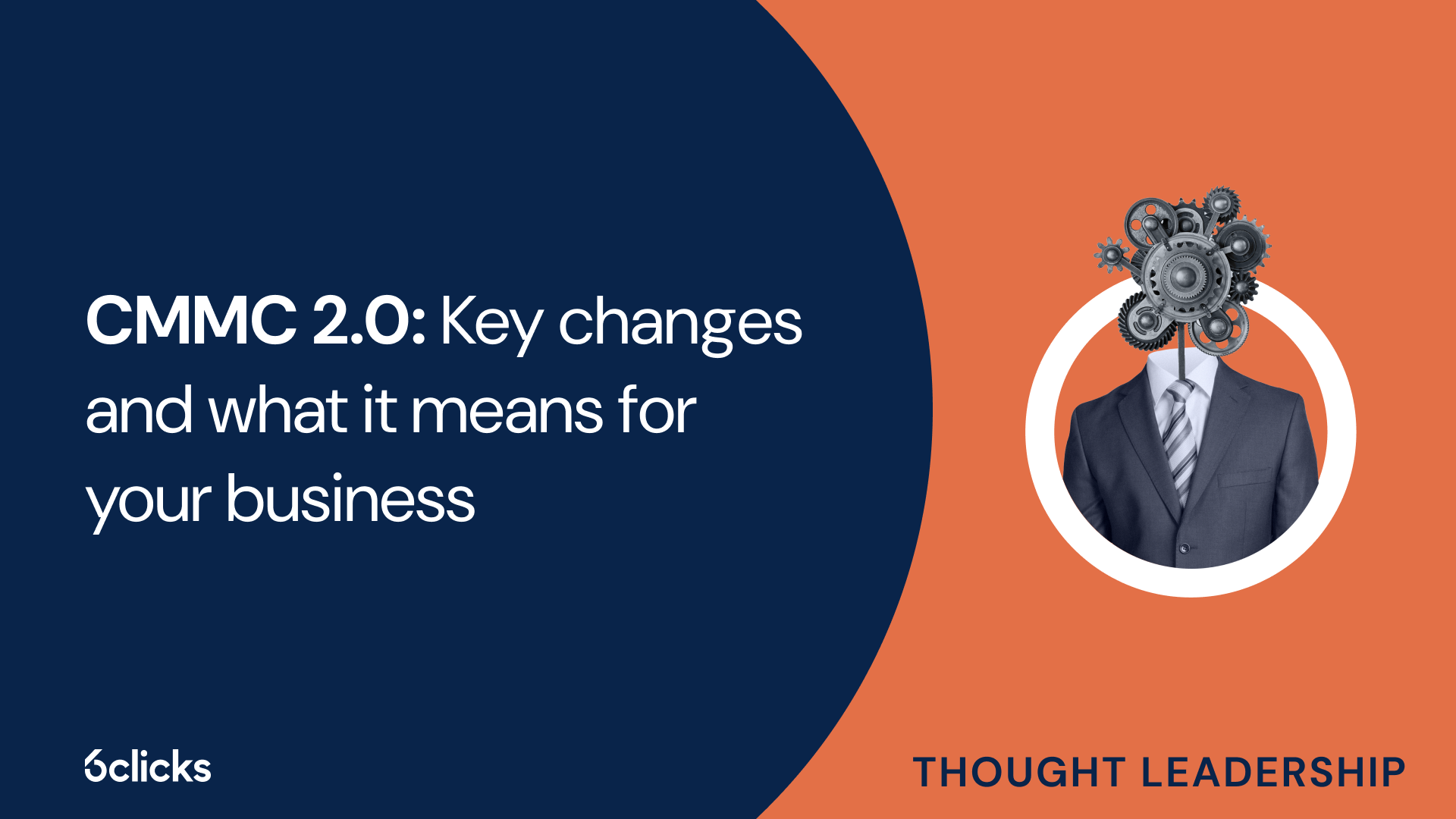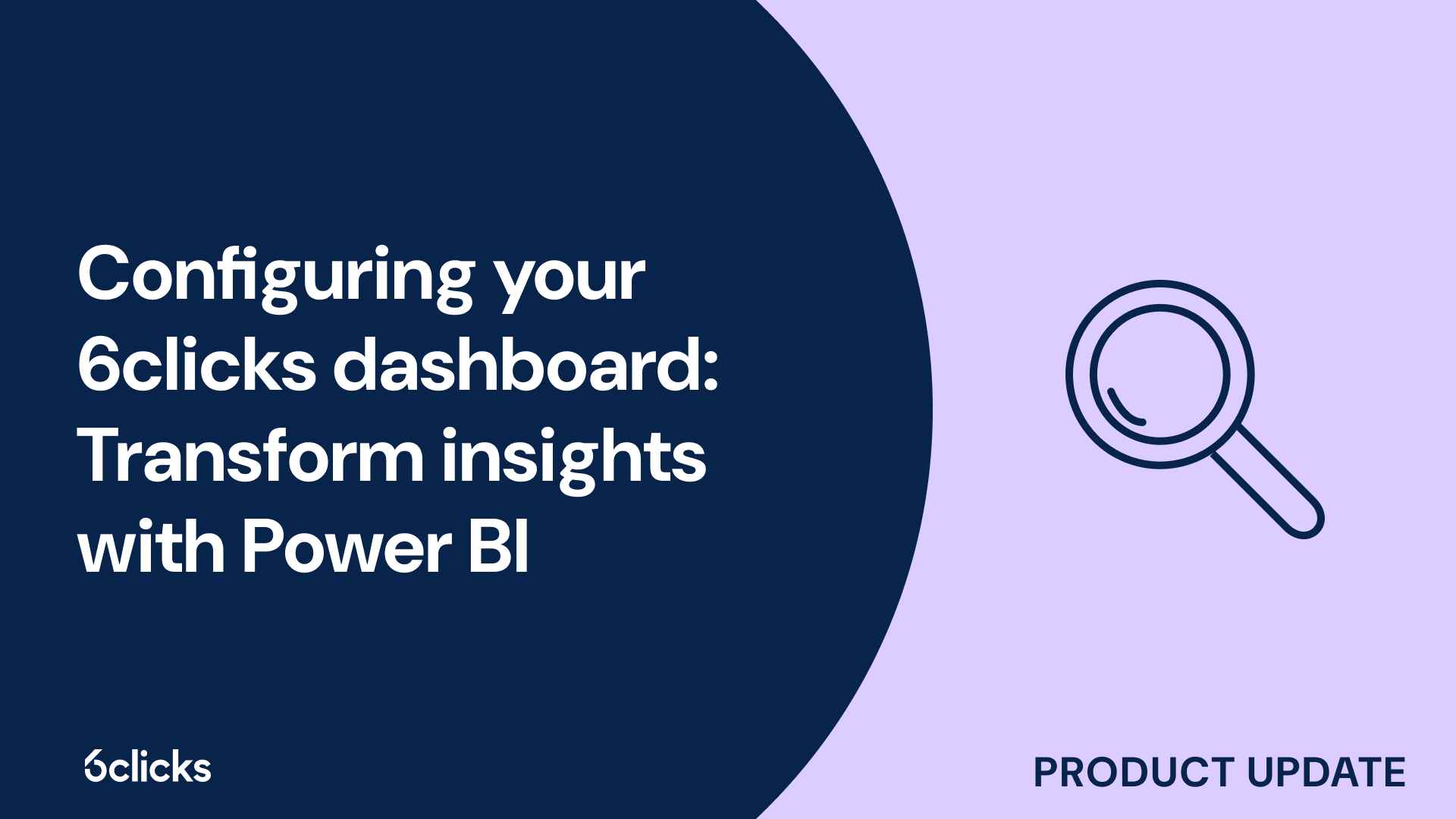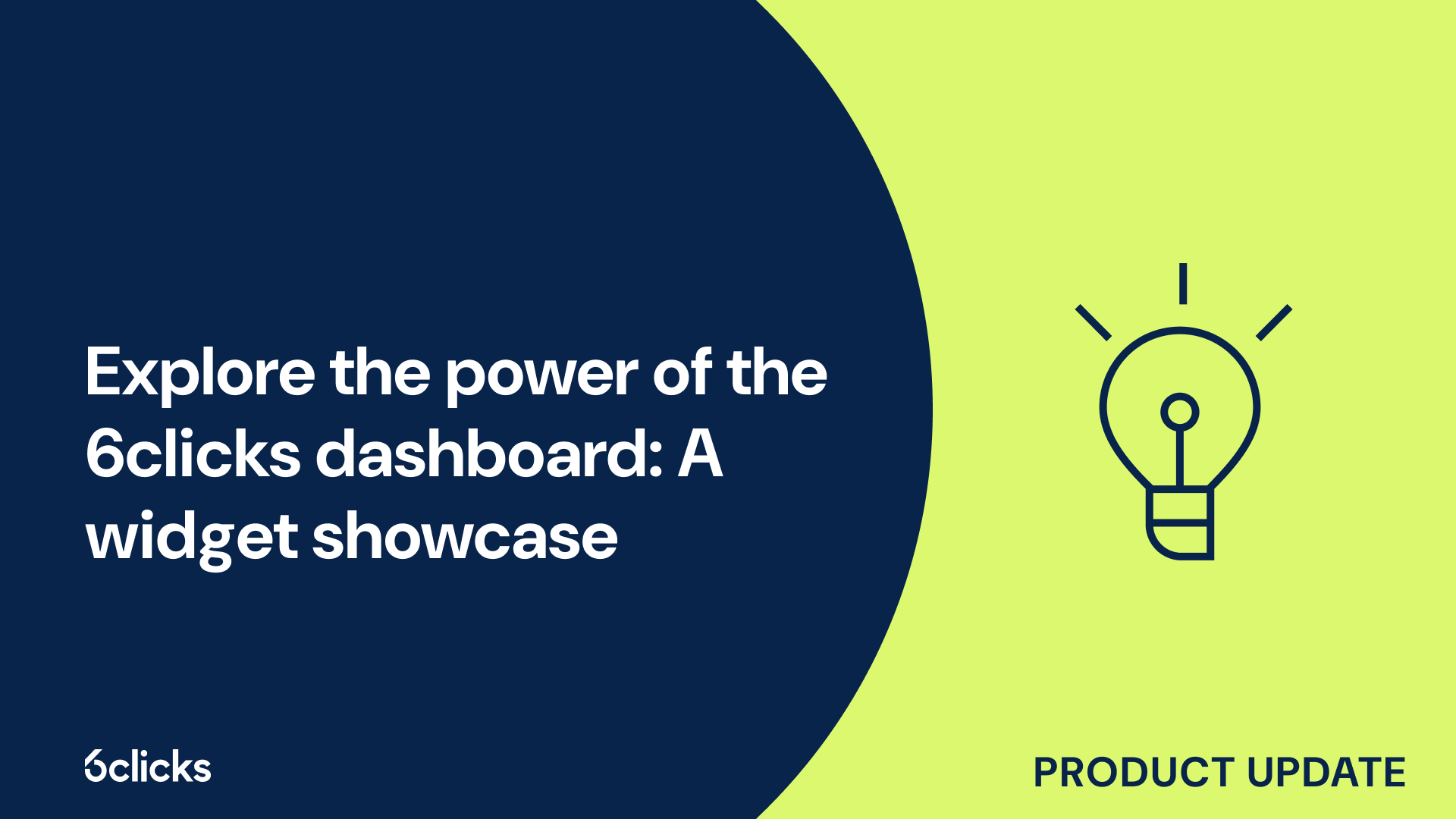How can you prevent a data breach?
-1.png?width=314&height=391&name=Group%20193%20(1)-1.png)
How can you prevent a data breach?
What is a data breach?
A data breach refers to the unauthorized access, disclosure, or use of sensitive or confidential information by unauthorized individuals. This can lead to potential damage, reputational harm, and financial losses for individuals and organizations. Data breaches can occur due to various reasons, including security vulnerabilities, weak passwords, social engineering, or malicious activities of cybercriminals. It is crucial for individuals and organizations to understand the importance of preventing data breaches and to implement effective security measures and strategies to safeguard their data. In the following sections, we will explore some preventative measures and best practices that can help prevent data breaches and protect sensitive information from falling into the wrong hands.
Why should you prevent a data breach?
Preventing a data breach is of paramount importance for organizations to safeguard against potential damage and reputational damage. Data breaches can result in severe consequences, including the loss of intellectual property and sensitive information. In addition, such incidents can significantly damage a company's reputation and lead to customer mistrust.
Organizations should prioritize data breach prevention due to several reasons. One crucial factor is the protection of customer data. Breaches can compromise personal and financial information, exposing customers to identity theft and fraud. By ensuring data security, companies demonstrate their commitment to customer trust and loyalty.
Moreover, data breaches can lead to extensive financial losses. Organizations may face hefty legal fees, fines, and compensation claims from affected customers. The financial impact can be devastating, impacting not only the affected company but also its stakeholders and business partners.
Another critical reason for prioritizing data breach prevention is compliance with regulatory requirements. Many industries have stringent regulations regarding data privacy and security. Failure to comply with these regulations can result in legal consequences and additional reputational damage.
To prevent data breaches, organizations must invest in advanced security tools and regularly review and update their cybersecurity strategy. Implementing measures such as strong password requirements, two-factor authentication, and employee training on recognizing phishing attacks can significantly reduce the risk of breaches.
Determine your security posture
Organizations must assess and determine their security posture to effectively prevent data breaches. This entails evaluating their current security measures, identifying potential vulnerabilities, and establishing a baseline for their overall security strength. Evaluating security posture involves examining multiple factors, such as the strength of passwords, the presence of multi-factor authentication, and the effectiveness of security policies and measures. Conducting regular security audits and vulnerability assessments can help pinpoint weaknesses and areas in need of improvement. It is crucial to have a clear understanding of an organization's security posture to develop a comprehensive breach prevention strategy. This proactive approach enables organizations to identify and address potential threats and vulnerabilities before a breach incident occurs, strengthening their overall data security and minimizing the risk of data breaches.
Assess your current security measures
Assessing your current security measures is a crucial step in preventing a data breach. It involves conducting a comprehensive evaluation of the existing security controls, procedures, and systems to identify any vulnerabilities or gaps that may leave you susceptible to unauthorized access or security incidents.
One of the key areas to evaluate is your documented security policies. These policies should outline the necessary security precautions and expectations for all employees. Additionally, you should carefully review your network security mechanisms, ensuring that firewalls, intrusion detection systems, and anti-malware software are in place and up to date.
Encryption and password policies should also be assessed. Strong passwords and encryption methods can significantly mitigate the risk of a breach. Additionally, reviewing your disaster recovery and business continuity plan is essential to ensure that in the event of a breach or other security incident, you have a plan in place to quickly respond and minimize the potential damage.
Furthermore, examining your security auditing logs can provide insights into any unauthorized access attempts or suspicious activity, allowing you to take immediate action.
Develop and implement security policies
Developing and implementing security policies is crucial in preventing data breaches and safeguarding sensitive information. A comprehensive approach to security is essential to protect against the ever-evolving threats in today's digital landscape.
Security policies provide clear guidelines and expectations for employees, helping them understand their roles and responsibilities in maintaining a secure environment. These policies should cover a wide range of security measures, including but not limited to strong passwords, encryption methods, network security mechanisms, and disaster recovery plans.
By having well-documented and communicated security policies in place, organizations can ensure that employees are aware of the necessary precautions to take and the potential risks they need to mitigate. Regularly reviewing and updating these policies is crucial to address new security threats and vulnerabilities.
Furthermore, security policies should address not only the technical aspects of security but also user behavior and awareness. Educating employees about best practices for handling sensitive data, recognizing phishing attempts, and reporting suspicious activity can significantly reduce the risk of data breaches caused by human error or social engineering tactics.
Train employees on data protection strategies
Training employees on data protection strategies is crucial in preventing data breaches and ensuring the security of sensitive information. While security policies and advanced security tools are important, human error and lack of awareness can still be the weakest link in an organization's security posture.
Security awareness training plays a vital role in mitigating both intentional and unintentional mistakes that can pose a threat to data security. This training educates employees on the importance of data protection, the potential consequences of a security incident, and the role they play in maintaining a secure environment.
Regular training sessions should cover data usage guidelines, password policies, and common threats such as social engineering and phishing scams. By teaching employees how to recognize and respond to these threats, organizations can reduce the risk of falling victim to malicious activity.
Furthermore, security policies are only effective if employees understand and abide by them. Training helps ensure that employees are aware of the policies in place and understand their responsibilities in maintaining data security. By implementing comprehensive security awareness training programs, organizations can enhance their security posture, reduce the risk of data breaches, and protect their sensitive information from unauthorized access.
Monitor the system regularly for vulnerabilities and threats
Regularly monitoring the system for vulnerabilities and threats is of utmost importance in preventing data breaches and ensuring the security of sensitive information. By conducting ongoing monitoring, organizations can proactively identify and address any potential weaknesses or security flaws in their systems.
This practice allows for early detection and mitigation of potential breaches before they cause significant damage. By continuously monitoring the system, organizations can detect any suspicious activities or anomalies that may indicate a security breach. This timely detection enables security teams to take immediate action to prevent unauthorized access and minimize the potential impact.
To enhance system monitoring capabilities, organizations should employ advanced security tools such as network monitoring and threat detection systems. These tools actively scan the system for any signs of vulnerabilities or threats and provide real-time alerts to security teams. With the help of these tools, organizations can stay one step ahead of cybercriminals and respond swiftly to any potential security incidents.
In addition to implementing advanced security tools, organizations should also regularly conduct vulnerability assessments and penetration testing to identify and address any weaknesses in their systems. By staying vigilant and proactive in monitoring the system for vulnerabilities and threats, organizations can significantly reduce the risk of data breaches and protect their critical information.
Enhance access control measures
Enhancing access control measures is crucial in preventing data breaches and protecting sensitive information. Access control refers to the policies and techniques used to regulate who can access certain resources in an organization's network or system. By implementing strong access control measures, organizations can ensure that only authorized individuals have access to critical data and systems, significantly reducing the risk of a breach. This can include implementing multi-factor authentication, regularly reviewing and updating user accounts and permissions, and employing privileged access management tools. Additionally, organizations should enforce strict password policies, encourage the use of strong and unique passwords, and educate employees about the importance of safeguarding their login credentials. By enhancing access control measures, organizations can effectively safeguard against unauthorized access and protect their valuable data from falling into the wrong hands.
Establish strong passwords and multi-factor authentication
Establishing strong passwords and implementing multi-factor authentication are crucial steps in preventing data breaches. These measures act as the ramparts of a company's cybersecurity, protecting sensitive information from unauthorized access.
A strong password should meet certain requirements, such as being a minimum length of eight characters and including a combination of uppercase letters, lowercase letters, numbers, and special characters. Regular password changes are also important to enhance security. This ensures that even if a password is compromised, it will only be effective for a limited period of time.
Multi-factor authentication provides an additional layer of security by requiring users to verify their identity through multiple methods. This could involve something the user knows, such as a password, something they have, such as a mobile device or security token, or something they are, such as a fingerprint or facial recognition. In the event that a password is stolen or compromised, the additional factor(s) make it significantly more difficult for unauthorized individuals to gain access to an account or system.
Furthermore, lockouts after a certain number of failed login attempts can help prevent brute force attacks that try to guess passwords through trial and error. By temporarily locking out the account or imposing a time delay between login attempts, malicious actors are deterred from their efforts.
Restrict access to sensitive information
Restricting access to sensitive information is crucial for any organization to protect against unauthorized access and potential data breaches. Establishing and enforcing policies surrounding privileged access is of utmost importance. Organizations should clearly define who has privileged access to sensitive data and ensure that this access is regularly reviewed and monitored. Utilizing privileged access management tools can further enhance security by providing robust controls and monitoring capabilities.
In addition to policies and tools, enforcing strong passwords and implementing multi-factor authentication (MFA) is essential. Strong passwords should be required, with a combination of uppercase and lowercase letters, numbers, and special characters. Implementing MFA adds an extra layer of security, requiring users to provide additional verification beyond a password, such as a unique code or biometric authentication.
Monitoring user activity is key to detecting and preventing unauthorized access. Organizations should have systems in place to track and review user actions, allowing them to identify any suspicious behavior or unusual access patterns.
Lastly, restricting access to sensitive data and implementing measures to secure the network perimeter are crucial steps in preventing data breaches. This may involve segmenting the network, using firewalls, and encrypting data in transit and at rest. Regular vulnerability assessments and penetration testing should also be conducted to identify and address any potential security vulnerabilities.
By following these best practices, organizations can greatly reduce the risk of unauthorized access to sensitive information and mitigate the potential damage that a data breach can cause.
Monitor user activity for unauthorized access
One crucial aspect of preventing data breaches is monitoring user activity for unauthorized access. This becomes even more important in the context of remote work, where employees may be accessing sensitive data from outside the traditional corporate network. By implementing software that allows organizations to track remote employees while they work from home, businesses can gain visibility into their employees' actions and identify any potential security risks.
Continuously monitoring users and assets is another vital step in preventing data breaches. By closely tracking user activity and comparing it to established patterns, organizations can quickly identify any suspicious behavior or unauthorized access attempts. This proactive approach allows them to take immediate action and mitigate potential damage before a breach occurs.
Additionally, it is essential to regularly review access controls to ensure that staff only have access to the personal data necessary for their specific roles. Limiting access to sensitive information reduces the risk of unauthorized access and minimizes the potential damage that can result from a data breach.
Secure your network perimeter
Securing your network perimeter is a critical aspect of preventing data breaches. The network perimeter acts as the first line of defense against external threats, making it essential to implement robust security measures and strategies to protect your organization's sensitive data. This article will discuss various practices and techniques to secure your network perimeter effectively and reduce the risk of unauthorized access and potential breaches. By implementing these measures, organizations can strengthen their overall cybersecurity posture and safeguard their valuable information from malicious actors.
Update firewall settings regularly
Updating firewall settings regularly is crucial for enhancing network security and protecting against evolving threats. A firewall acts as a barrier between your internal network and external networks, monitoring and controlling incoming and outgoing traffic. By regularly updating firewall settings, you ensure that the latest security measures are in place to safeguard your network.
To update firewall settings, access the firewall management interface provided by your firewall service provider. This interface allows you to make changes such as firmware updates and configuring firewall rules. Firmware updates are essential as they address security vulnerabilities and provide improved performance. Check for any available firmware updates and install them promptly.
Configuring firewall rules is another important step in updating firewall settings. Firewall rules define what traffic is allowed or denied into your network. Regularly review and update these rules based on your organization's requirements and any emerging security threats.
By updating firewall settings regularly, you enhance the protection of your network by ensuring that it is equipped with the latest security measures. This proactive approach helps mitigate the risk of unauthorized access, security breaches, and potential damage to your organization's reputation. Make it a routine practice to update firewall settings and stay ahead of the ever-evolving cyber threats.
Use intrusion detection systems and anti-virus software
Use intrusion detection systems and anti-virus software to prevent cyber security breaches. These tools play a crucial role in enhancing the security posture of a company's network infrastructure.
Intrusion detection systems are designed to detect and respond to malicious activity and unauthorized access attempts. They monitor network traffic in real-time, looking for signs of suspicious behavior or patterns that indicate a cyber attack is taking place. By analyzing network packets and system logs, these systems can identify and alert security teams to potential threats before they can cause significant damage. This proactive approach helps to prevent data breaches and mitigate the potential impact of a security incident.
Anti-virus software, on the other hand, is focused on identifying and eliminating malware. It scans files, programs, and documents for known malicious code or patterns. By regularly updating virus definitions, these tools can stay up to date with the latest threats and provide real-time protection against new and emerging malware. Additionally, anti-virus software can also detect and quarantine suspicious files, preventing them from infecting other systems within the network.
Using both intrusion detection systems and anti-virus software is essential for comprehensive cyber security. While intrusion detection systems monitor network traffic and identify potential threats, anti-virus software provides an additional layer of protection against malware. Together, these tools help to strengthen the security of a company's network infrastructure, making it more resilient against malicious activity and unauthorized access attempts. By investing in advanced security tools and regularly updating them, organizations can significantly reduce the risk of cyber security breaches and protect sensitive data from falling into the wrong hands.
Test your network infrastructure for weakness
To ensure the security of your network infrastructure, it is crucial to regularly test for weaknesses and vulnerabilities that could be exploited by cybercriminals. This can be done through two important techniques: vulnerability assessments and penetration tests.
Vulnerability assessments involve scanning and analyzing your network for potential security flaws and vulnerabilities. This can include outdated software, misconfigured settings, or known vulnerabilities in the operating systems or applications used within your network. By conducting regular vulnerability assessments, you can identify these weaknesses and take appropriate measures to patch or mitigate them before they are exploited.
Penetration tests, on the other hand, go a step further by simulating real-world cyber attacks to assess the effectiveness of your security measures. Highly skilled professionals attempt to exploit vulnerabilities in your network to gain unauthorized access or extract sensitive information. Through penetration tests, you can identify any weaknesses in your network's security posture and address them before cybercriminals can take advantage of them.
By regularly conducting vulnerability assessments and penetration tests, you can proactively identify and fix security weaknesses within your network infrastructure. This defense-in-depth approach minimizes the risk of a data breach and strengthens your overall cybersecurity posture. Stay one step ahead of cybercriminals by regularly testing and fortifying your network against potential threats.
Related eBooks & Expert guides
- What is CMMC?
- How to achieve CMMC compliance?
- What are the benefits of CMMC compliance?
- What are the major control points of CMMC compliance?
- What are the challenges in CMMC compliance?
Related answers
- What are the benefits of using a common security framework with 6clicks?
- What are the key differences between virtual networking and private networking?
- How does 6clicks facilitate risk management for regulatory compliance?
- What is the average salary of a risk manager and how can 6clicks help in their role?
- What are the benefits of training and awareness programs in enhancing security within an organization?



